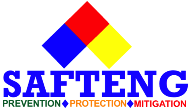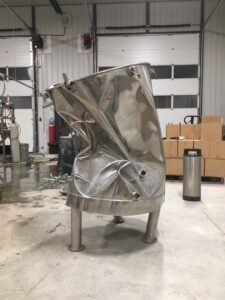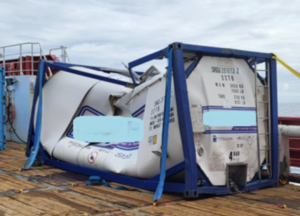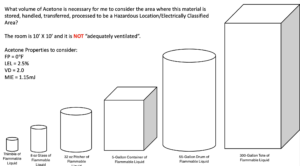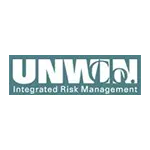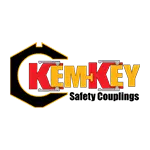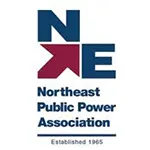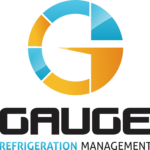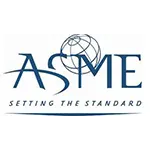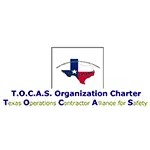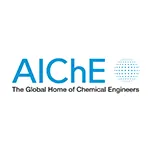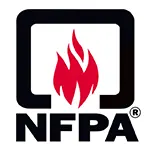Let us help you make sense of PSM / RMP!
My friend Brian Chapin will be offering an open-enrollment PSM/RMP class in Burleson, Texas, July 8th to 11th, 2025. Brian is an absolute pro in NH3 Refrigeration Process Safety. Anyone who attends will also get a FREE membership to SAFTENG. You can get more information on the class with this link.
CLICK HERE to Renew your Membership
CLICK HERE for a NEW Membership
CLICK HERE to see eligibility requirements for FREE Membership
If you have any questions, please contact m
SAFTENG has:
- Over 18,000 categorized unsafe acts/conditions and accident/injury photos
- Over 1,500 ppt's & doc's in the SAFTENG Library
- Over 4,000 Technical Articles on Process Safety, Emergency Response & OSH topics
- Over 450 videos (those not allowed on YouTube Channel)
Many THANKS to my NEW Members and those who CONTINUE to support SAFTENG:









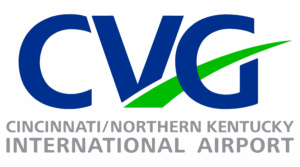

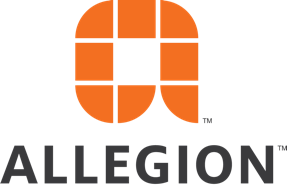
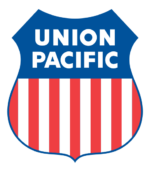
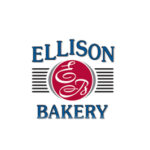
April 28, 2024
The purpose of barrier[/controls/safeguards] management is to make the kind of implicit controls explicit: to be clear about exactly what controls are relied on to prevent incidents, to understand their characteristics, to have an understanding of how reliable they can be expected to be, and to know what needs to be done to ensure the controls are implemented and continue to function throughout...
Read More
April 26, 2024
Eight people, including five (5) contract workers and three (3) fire service personnel, were admitted to the hospital after they inhaled chlorine gas following a leakage at a water treatment plant.
…
HomeRead More »
Read More
April 25, 2024
Respondent operated a facility (the “Facility”) to manufacture chlorine, bleach, and hydrochloric acid. Respondent produced, used, or stored more than 2,500 pounds of chlorine at the Facility and was subject to the requirements of CAA § 112(r)(7). Respondent produced, used, or stored hydrogen at the Facility and was subject to the requirements of CAA § 112(r)(1). Respondent was subject to Program 3...
Read More
April 25, 2024
In terms of Fire and Building Codes, we have five (5) recognized areas associated with handling hazardous materials. We refer to these high-hazard areas/occupancies as “Group H”. High-hazard Group H occupancy includes, among others, the use of a building or structure, or a portion thereof, that involves the manufacturing, processing, generation or storage of materials that constitute...
Read More
April 24, 2024
During a recent design review, we encountered some questionable “normal breathing” designs. I have always used the simplest of tests to ensure the tank has ADEQUATE venting during filling and emptying. Although OSHA allows the designer to use API 2000 (1968) or “other accepted standards,” the simplest test is that the VENTING capability MUST be as large as the filling or withdrawal...
Read More
April 24, 2024
“We were doing some cleaning at the end of yesterday. I boiled some water in the HLT to pump through the heat exchanger. At the end of the day, there were 40-50 gal left in our 3bbl HLT. I turned off the heat and went home for the night. The next morning, I came into the brewery to find an imploded HLT. I had clamped the lid on to keep humidity down in the building, and the cooling air/water...
Read More
April 24, 2024
An ISO container, partly filled with Monoethylene Glycol (MEG), imploded on the back deck of a ship, spilling around two cubic meters (528 gallons) of MEG onto the deck and to sea and causing unrepairable damage to the tank itself. There were no injuries. The tank was a 26-cubic-meter tank containing ten cubic meters (6600 gallons) of MEG. The implosion happened due to a vacuum created inside the tank...
Read More
April 24, 2024
OSHA has again found a large food manufacturer with a history of hazardous workplace safety practices in violation of dozens of safety and health hazards. The producer of glass-pack, canned, frozen, refrigerated, freeze-dried, and snack food products under it’s brand, as well as other private labels, also operates eight other manufacturing plants, including five in Pennsylvania and one each in...
Read More
April 23, 2024
One mistake many businesses make is their assumptions about how their flammable liquids will behave once they are outside of their primary containment. I have seen companies spend millions of dollars to classify an area as a HAZLOC when it was not even close to being necessary, and I have seen some PSM businesses claim their 70,000-pound process does not need to be a HAZLOC. One of my advanced...
Read More
April 23, 2024
I will again reference my 30 years of teaching emergency response courses and the surprising lack of hazard awareness so many “certified technicians” lack. The one that get a lot of attention is the relationship between TOXIC and PHYSICAL hazards when the HAZMAT is both toxic and flammable. I have shared many tips over the years, but the following is one that every safety professional...
Read More
April 23, 2024
One of the top questions I get via SAFTENG and in my PRCS or Hazardous Atmospheres training courses is… Why did OSHA use 10% LEL to define a hazardous atmosphere?
There is an official and logical reason, both of which should be understood.
First, the “official” reason:
…
HomeRead More »
Read More
April 23, 2024
We have all seen them; most of us have used them to deliver a safety message. Let me say this up-front: it is never the banner’s fault! A SAFTENG member was reading my posts about “safety banners” and contacted me to discuss their use. They were convinced I was 100% against using “safety banners” after reading my rants against their use. I had to point...
Read More
